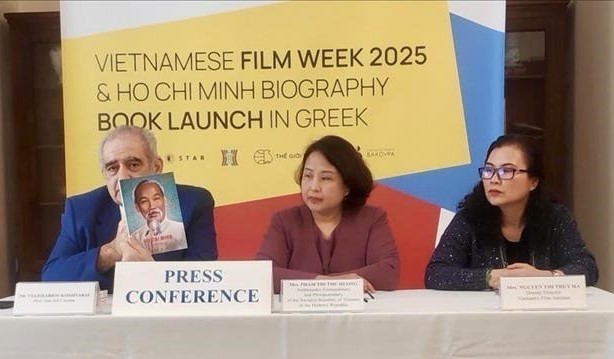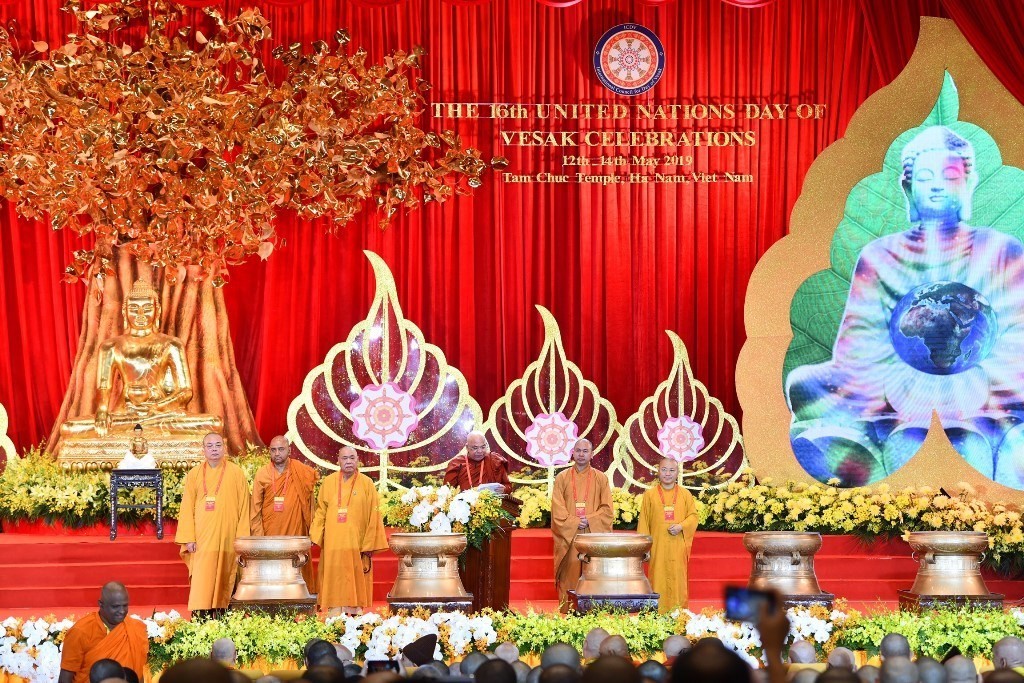Exhibition Showcases Paintings of Father of Hand-Stamping onto Silk Painting - Tu Duyen
Annam Gallery and Lan Tinh Foundation will hold a retrospective exhibition of the late artist Tu Duyen, titled “Of Scented Reverie” showcasing 18 artworks, including creations on silk alongside a series of paintings employing the renowned “Thủ Ấn Họa” technique (woodblock printing onto silk, also known as hand-stamping onto silk painting) of the late artist.
Tu Duyen (1915-2012), whose real name is Nguyen Van Duyen, is widely recognized under the pseudonym Tu Duyen, derived from a phonetic adaptation of his name juxtaposed with that of his close friend – Do Van Tu. Despite this, his artwork collectors often referred to him as Tu Duyen.
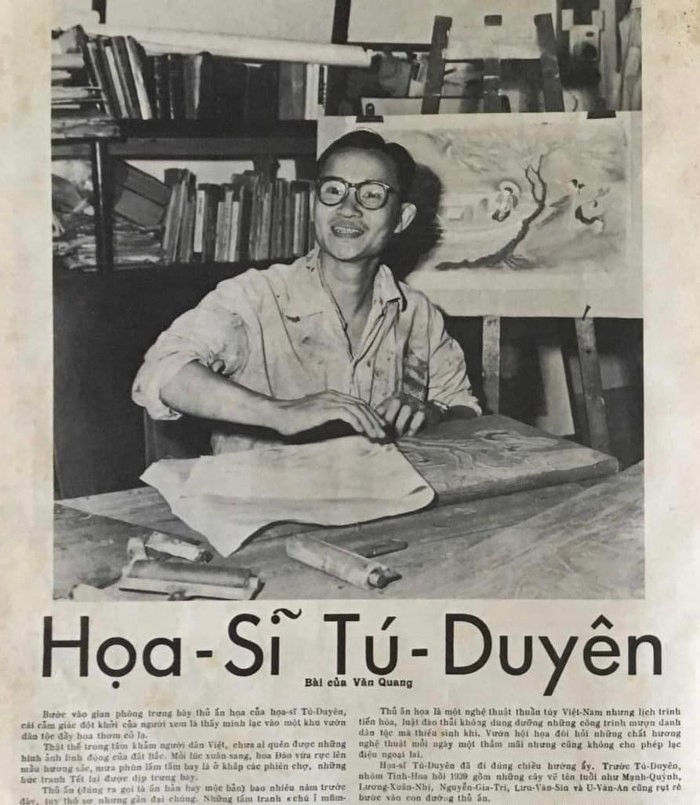 |
| Artist Tu Duyen was born in 1915 in Bat Trang, Hanoi. |
Raised in a Confucian family in the artistic enclave of Bat Trang village, Tu Duyen’s upbringing profoundly influenced his artistic sensibilities and unique creative style. Between 1935 and 1938, he passed the entrance exam and attended preparatory classes at l’École des Beaux-Arts de l’Indochine (Indochinese College of Fine Arts). However, in 1939, he had to discontinue his studies and relocated with his family to Saigon.
A pivotal moment in Tu Duyen’s career came in 1942 when he innovated “Thủ Ấn Họa” technique, an adaptation of traditional Vietnamese woodblock printing, distinguished by its function and highly artistic sophistication.
Woodblock printing is a technique often used for printing text, images, or patterns onto paper and cloth, and is widely used throughout East Asia, most likely originating in China and Japan.
For color printing, painter Tu Duyen successfully combined his new technique with traditional printing, which enabled him to be able to use only two blocks to create numerous colors instead of the traditional method of using one block to print each color.
In 1950, Tu Duyen’s “Thủ Ấn Họa” artworks attained remarkable refinement and intricacy. His first solo exhibition of this series in March 1953 at the Saigon Opera House marked a significant milestone in the recognition of his artistry. In 1955, he received the top prize at the Southern Art Awards for his “Thủ Ấn Họa” portrayal of historical figure Tran Binh Trong, titled “Would rather be a devil of the South (Than be a king of the North).”
Notably, his 18th solo exhibition of “Thủ Ấn Họa” paintings took place at Ho Chi Minh City Fine Arts Museum in late 1996. In 1997, he was awarded a medal from the Vietnam Fine Arts Association, and then the medal for the Cause of Vietnamese Literature and Arts from the Vietnam Union of Literature and Arts Association in 1999.
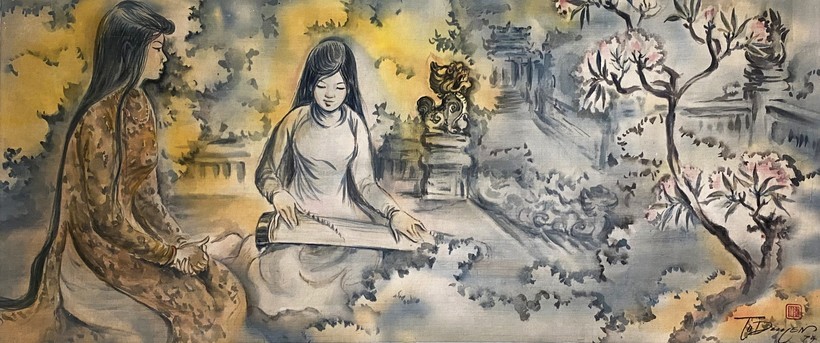 |
| Women wearing ao dai, traditional musical instruments and flowers are always the main themes in the works of late artist Tu Duyen. |
Flowers, women, and Vietnamese beauty
The exhibition “Of Scented Reverie”, opening on March 1, is inspired by the woodblock printing technique, combining the usage of hands to mix and layer varying intensities of colors. These techniques were meticulously researched and innovated by Tu Duyen under the name “Thủ Ấn Họa” over 80 years ago.
“Of Scented Reverie” evokes a nostalgic, gentle, and poetic space, with aesthetic subjects including various flowers alongside beautiful Vietnamese women, gracefully adorned in traditional Ao Dai, accompanied by traditional musical instruments.
Despite the passage of many years, the colors in the paintings remain vivid and capable of stirring the minds and emotions of viewers, as noted by journalist Van Quang, “The colors of the artworks undergo true transformations, each change bringing about a unique fascination. Therefore, the viewer never feels visually fatigued.”
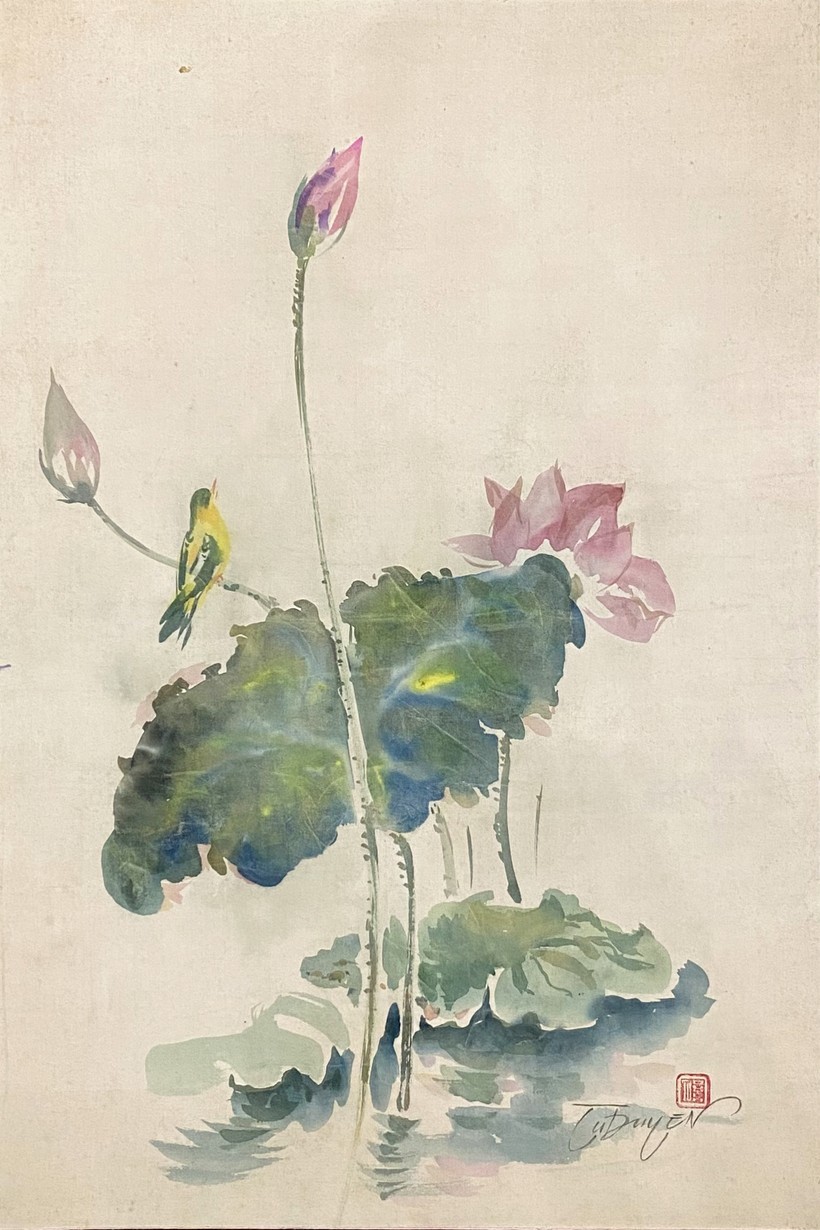 |
| Tu Duyen used a few colors but his paintings are very atmospheric and realistic. |
The Lotus, the Sunflower, and the Lily are Tu Duyen’s favorite flowers, recurring prominently in his paintings, depicted from various perspectives. There are budding Pink Lotuses stretching eagerly, awaiting their blossoming amidst a pond, or resilient and robust Sunflowers standing against the wind. Also featured is a vase of vibrant and lightly fragrant Lilies placed beside the solemn figure of the Buddha.
These floral motifs symbolize beauty, elegance, and gentleness, reflecting the graceful and refined demeanor of Vietnamese women as portrayed skillfully by Tu Duyen via juxtaposing floral imagery with beautiful Vietnamese women clad in flowing Ao Dai in his paintings. In various settings, they seem to immerse themselves in old songs and melodies played on traditional Vietnamese musical instruments such as the 16-string zither, the moon lute, or the pipa – the representative instruments of Vietnamese traditional music.
The exhibition will be held from March 2 to 31 at Annam Gallery, 371/4 Hai Ba Trung str., Vo Thi Sau ward, D.3, Ho Chi Minh City with entrance fee VND 70.000 each person.
 | Editor's Pick: Exhibition Depicts the Colorful Lives of Vietnamese Expats in Germany Join Le Ngoc Thanh and Le Duc Hai (Le brothers) in "The Return" exhibition as the twin artists visualized the memories and emotions of many ... |
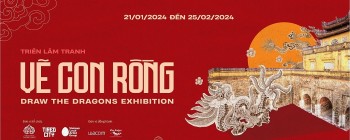 | Painting Exhibition “Drawing The Dragons” To Open At The Temple Of Literature To welcome the Year of the Dragon, the opening ceremony of the exhibition “Drawing The Dragons” was held on January 19 at the Temple of ... |
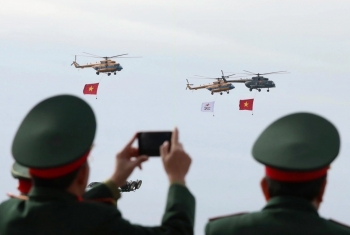 | New Exhibition Promotes International Cooperation in Defense Industry The second Vietnam International Defense Exhibition is expected to take place from December 19-22, 2024 at Gia Lam airport, Hanoi. |
Recommended
 Viet's Home
Viet's Home
“Global Vietnamese Singing 2025” - Connecting Hearts Longing for Homeland
 Viet's Home
Viet's Home
Vietnam’s People's Public Security Force Actively Contributes to UN Peacekeeping Operations
 Viet's Home
Viet's Home
HAUFO Enhances Competence of People-to-People Diplomacy Personnel
 Viet's Home
Viet's Home
Hands that Reserve Da Long Brocade Craft
Popular article
 Viet's Home
Viet's Home
Da Rsal – How Digital Transformation Reshape a Poor Commune
 Viet's Home
Viet's Home
Vietnam Classified as “Low Risk” Under the EU Anti-Deforestation Regulation
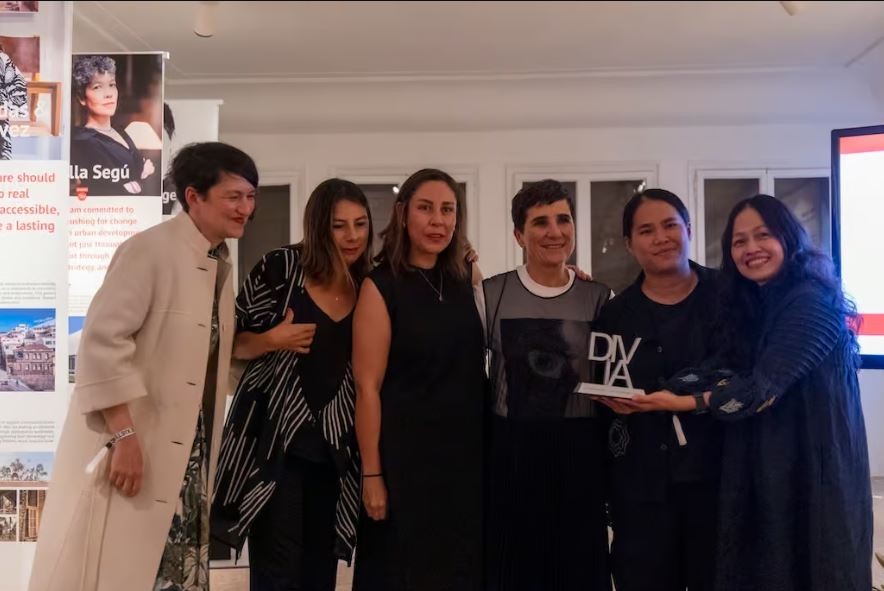 Viet's Home
Viet's Home
Vietnamese Architect Wins the Diversity in Architecture Award 2025
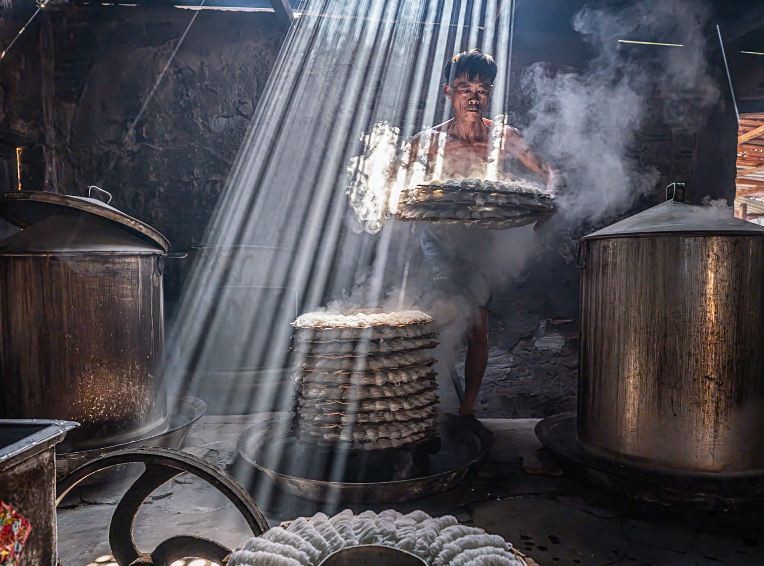 Viet's Home
Viet's Home





